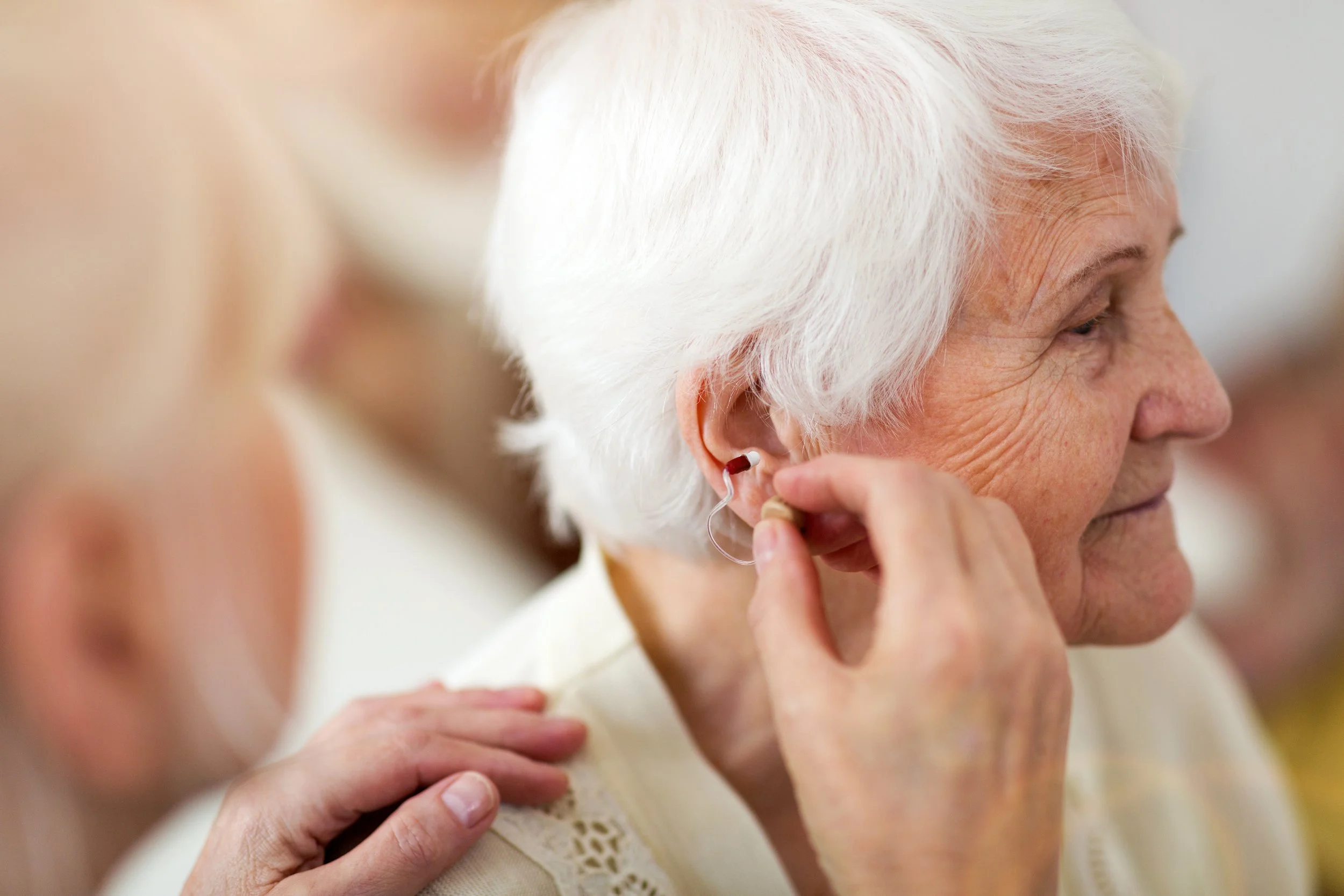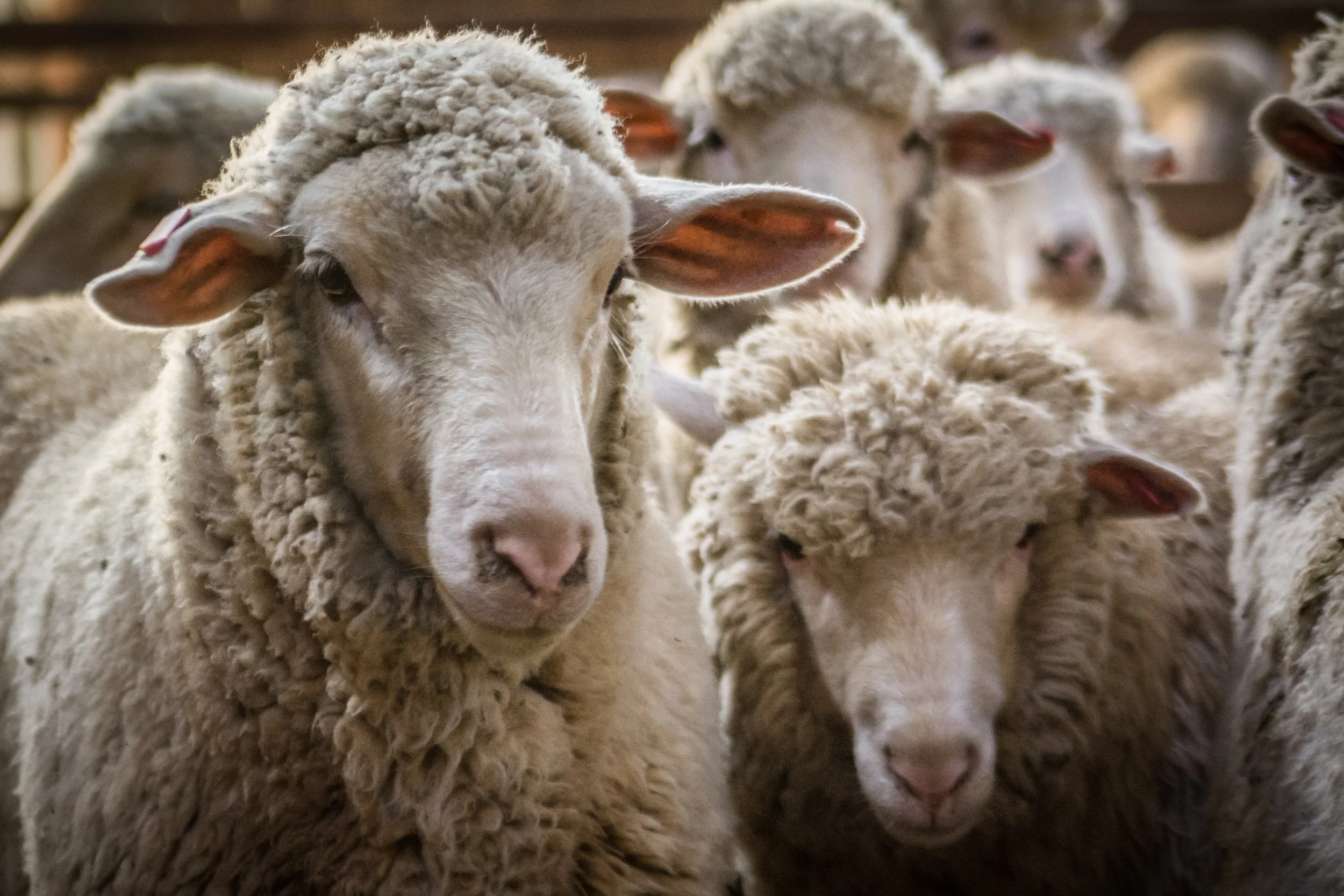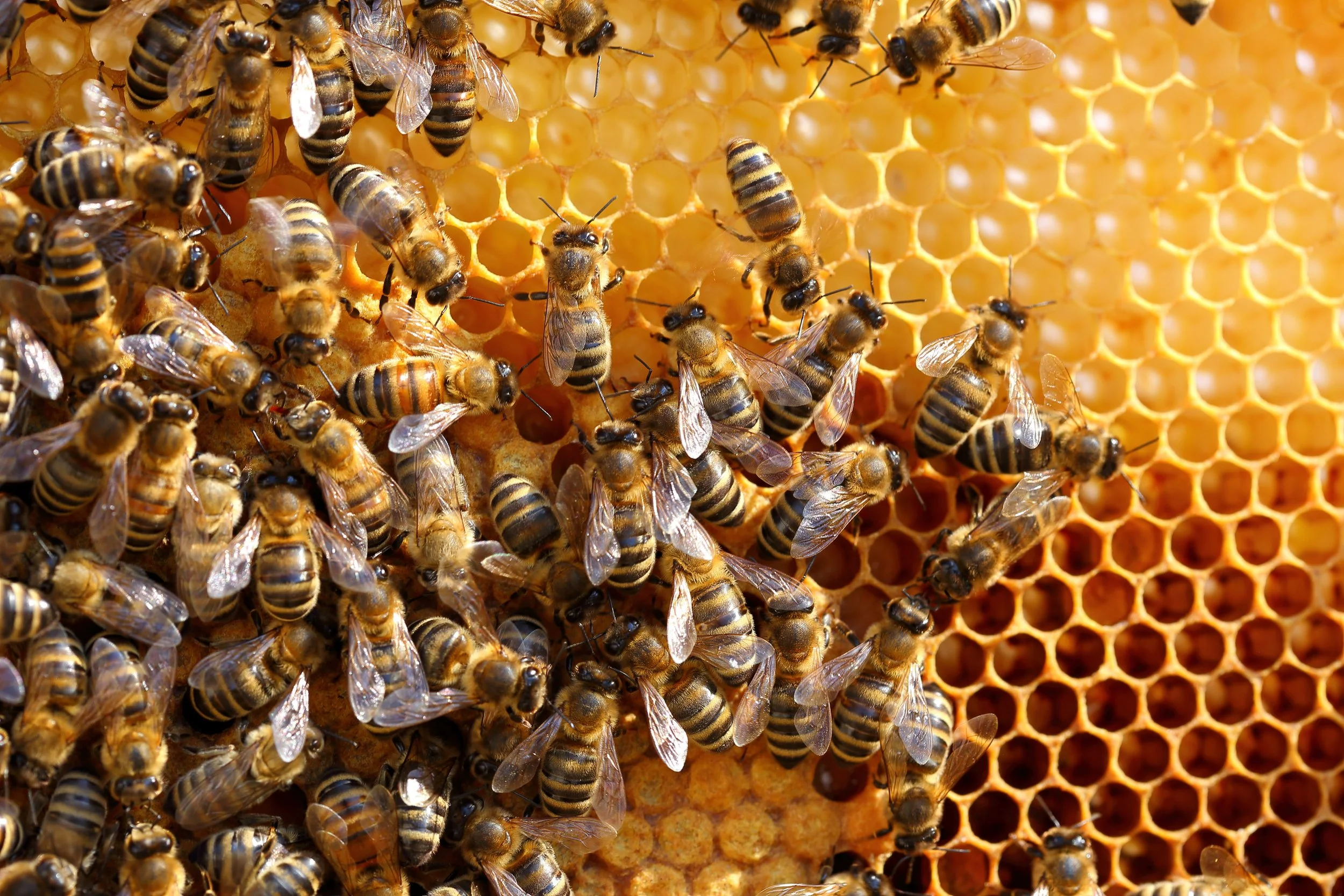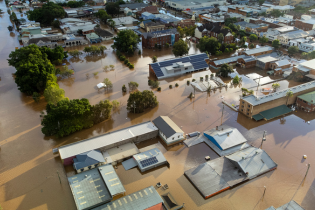NSSN Projects
Delivering novel, multi-modal sensing solutions to the water industry to reduce leaks and breaks in underground pipe infrastructure and reduce water loss.
Led by the NSSN in collaboration with the NSW Department of Planning and Environment (DPE), OPENAIR positions NSW as a forerunner in the use of low-cost air quality sensing in the world.
The University of Sydney, in partnership with Sydney Water and Smartsat-CRC have begun work on a collaborative project to characterise urban heat around the Greater Sydney Region using earth observational imagery, land segmentation and ground truth data.
Water is a valuable and limited natural resource. Agriculture, the environment and metropolitan water all compete for a share of surface and ground water resources in NSW.
Land-clearing, logging and housing development were leading to the destruction of koala habitats on the NSW mid- and north-coasts.
NSSN researchers are working with PEGRAS Asia Pacific and major Australian businesses, including the Labelmakers Group, to boost Australia’s recycling capability.
This project assessed the feasibility of an innovative system to automate real-time detection of whales onboard seismic survey ships.
Australia has the highest incidence of skin cancer and melanoma in the world. About 90% of non-melanoma skin cancers are linked to overexposure of UV radiation from the sun.
The NSSN is part of a group of 37 university and industry partners leading the establishment of a new $24M ARC Research Hub for Connected Sensors for Health.
The Jericho Smart Sensing Laboratory (JSSL), is a collaboration between the University of Sydney Nano Institute and the Royal Australian Air Force (RAAF).
Brought together by the NSSN, researchers from the University of Technology Sydney (UTS) and the University of Sydney are working with PAIMCOS to further develop the company’s quarantine monitoring technology.
As we age, our physiological and cognitive functions decline. One way of slowing this decline is through better management of the ageing process by monitoring key biometrics.
Australia confronts the prospect of a vulnerable ageing population. In 2017, the number of people over the age of 65 was 3.8m, but in 2030, this number is projected to be 5.4m.
Water quality is a critical factor in preserving economically and environmentally healthy waterways. Occurrences such as algal blooms and fish death events cause considerable impact to human and ecosystem health, and monetary impact to the agricultural economy.
Sensing soil moisture is a critical measurement in precision agriculture. This project looks to measure soil moisture content across a field using RF transmitters and receivers.
Biodiversity Monitoring Services identified that acoustic surveys offer large coverage of koala calls in a format that allows operators to ‘set and forget’ sensors.
Supported by the NSSN, Dandelions will undertake a feasibility study to develop an unpowered air-to-ground vehicle integrated with a communications payload to provide on-demand communication networks in emergency situations.
In recent years, increasing numbers of motor vehicles and higher population densities have raised air quality concerns across the state.
Vlepis aims to build an integrated smart triaging platform that leverages data science and new Australian-manufactured sensing technologies to automatically identify health and wellbeing events.
This project aims to supplement a variety of new tools for improving visibility with an additional source of visual information to fire services that leverages existing infrastructure owned by Sydney Water and autonomous drone technology.
This project will utilise novel lightning detectors to allow fire agencies to efficiently target High Risk Lightning (HRL) strikes.
This project will enable automatic performance monitoring of distributed energy systems by leveraging in-built sensors in system inverters, power electronics and control systems.
This project aims to produce high performance, low-cost fibre optics and advance their use in health monitoring of civil infrastructure by carrying out an integrated experimental and field analysis, machine learning modelling and digital twin solution.
Keeping those pesky microplastics from your clothes out of our oceans is no micro-challenge but this team are making headways.
Developing an easily deployable and reliable system for acquiring hydrographic data – sensing dams, river-beds, and underwater structures.
Developing machine learning based flood intelligence data for emergency responders.
Testing the safety of drinking water rapidly using a biosensor with ultra low detection limits.
Event based sensors used to capture the intricate movement of insects during breeding cycles – informing best practices.
Creating a sensor-driven care ecosystem that enhances ageing people’s experience in their homes, however home is defined for them, to optimise healthy ageing.
MOSAIC will innovate hearing and communication devices to work in synergy with sensor networks to detect conversational difficulties and prevent communication breakdowns.
Improving the management of hearing health by providing NSW Meals on Wheels volunteers screening tools to identify hearing issues in homebound older people.
This Hub aims to accelerate the growth of Australia's emerging biosensing industry.
Sustainable beekeeping practices and cleaner agricultural ecosystems via remote beehive monitoring systems.
Advancing a non-invasive sensor system to reduce hospital admissions and readmission.
Using microwave annealing to speed up the production of cost-effective perovskite PV cells.
Identifying a set of meaningful measurements that provide a comprehensive understanding of older people's wellbeing at home, to prevent significant events and subsequent hospital admission.
Empowering bushfire managers to efficiently monitor the moisture content of bushfire fuel using cost-effective Internet of Things sensors.
Creating a connected water quality monitor that will detect hazardous water conditions and deliver real-time alerts and reports via an app to farmers.
Extending the reach and capacity of health interpretive services using AI.
A range of sensors; optical, infrared and radar, are combined to build a picture of at-risk human vital signs.
AI enabled translation of hazard warnings for Australian residents who speak English as second language.
Pilot a digital literacy program empowering seniors with vision and/or hearing loss to stay independent and connected.
Demonstrating a sensor-verified, scalable process using green hydrogen VUV light to neutralise PFAS in water.
The development of a rapid and affordable scanning technology for the identification of grass seed infestation.
Australia’s first study using advanced sensors to assess brain, sleep, and physical health in hearing device users.
Nationwide survey to track Varroa mite impact on honey bee populations and current beekeeper strategies.
Developing breakthrough tech to detect mould spores in near real-time.
A wireless rain gauge that uses everyday mobile signals to deliver near real-time rainfall data for disaster preparedness.
















































